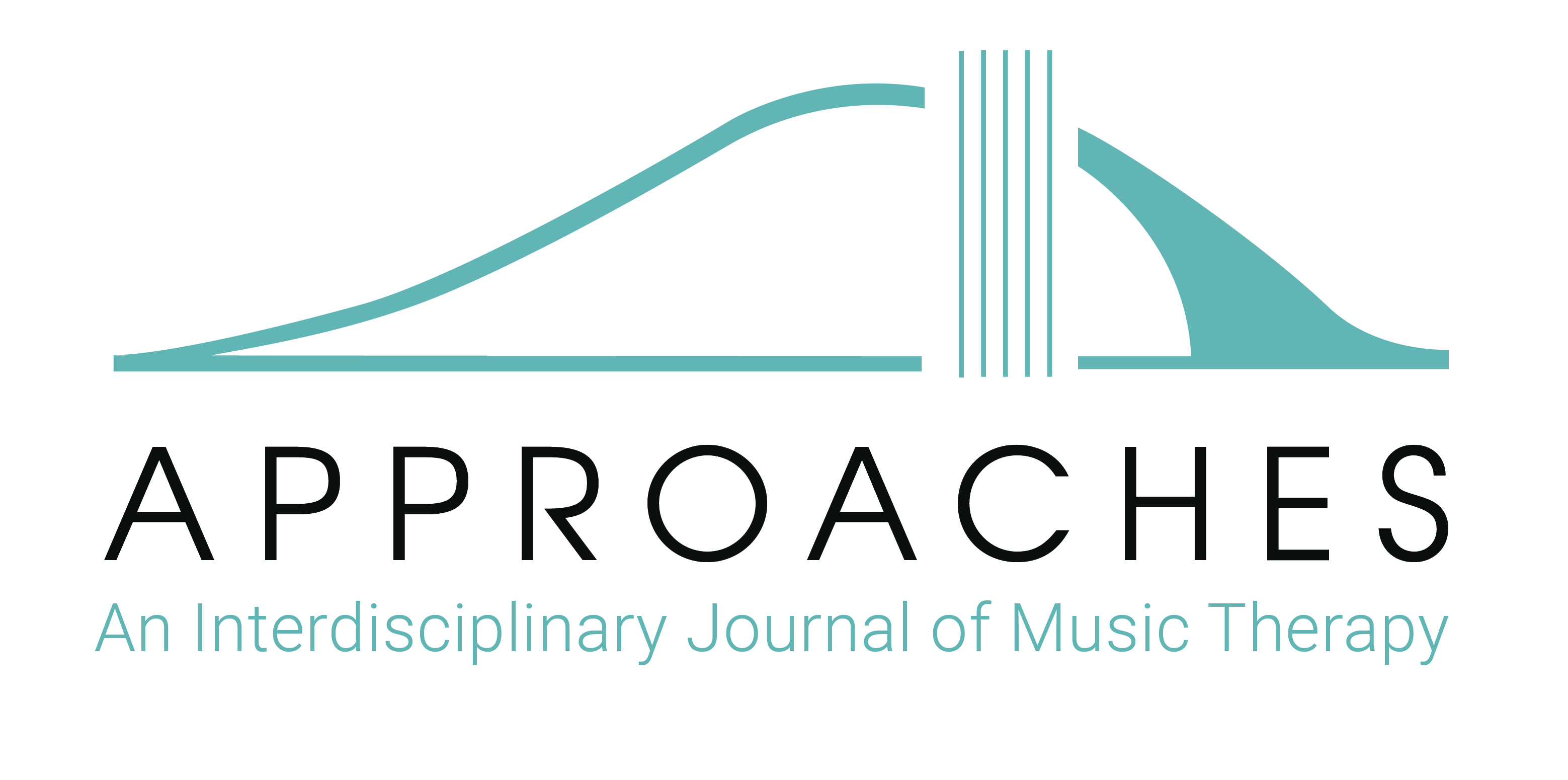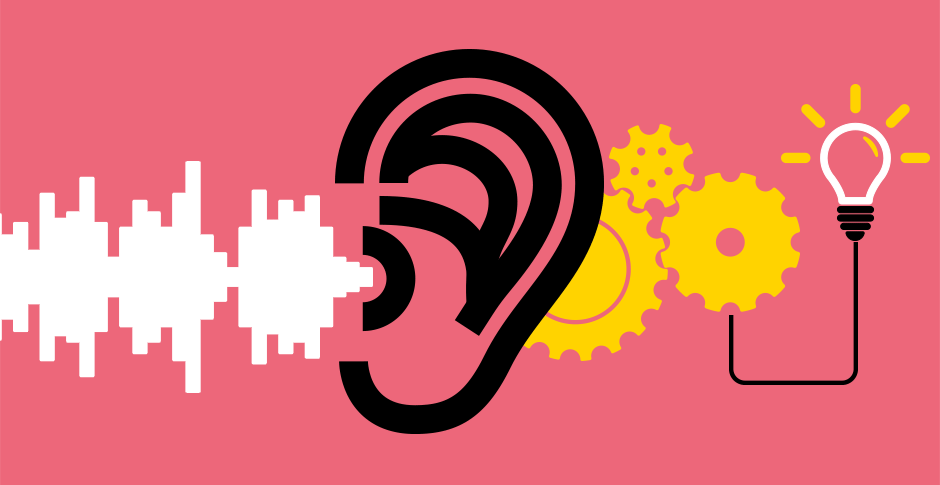Music in the psychoanalytic ear: Thinking, listening and playing
Nicola Dunbar Nordoff Robbins, UK
The Music in the Psychoanalytic Ear: Thinking, Listening and Playing conference took place at the Institute of Musical Research at the University of London on Saturday 19th May 2018. It was organised by Rachel Darnley-Smith, music therapist and music therapy lecturer at the University of Roehampton, and Samuel Wilson, a musicologist from the Guildhall School of Music and Drama and London Contemporary Dance School. Their aim was to address the need for interdisciplinary dialogue between music, music therapy, and psychoanalysis: “Musicologists, music therapists, and psychoanalysts have talked about music, but rarely do they speak to one another about music” (Darnley-Smith & Wilson, 2018, p. 2).
The programme was organised in four sections with someone from each of the three disciplines presenting in each section: Communities and Identities; Technique and Method; Sounds, Listening and Performance; finally ending with a roundtable entitled ‘What are we listening to? What do we hear?’.
Listening as a music therapist about to embark on a child psychotherapy training, I was intrigued as to how the room might begin to dialogue. There are long-established links between music therapy and psychoanalysis, and many music therapists have gone on to additional training in counselling or psychotherapy. Music therapy and musicology connect through ‘performance’ and the music of music therapy and its aesthetic content. In linking musicology and psychoanalysis some presenters related their studies to the Lacanian school of thought, whilst one performer/musicologist, Max Wong, described his exploration of Bach’s life and relationships and, in particular, the significant losses in his life at the time when writing his solo violin partitas, in order to support his interpretation of the music. In this way the worlds of music, feelings, emotions, behaviours, habits, words, self-expression, and humanity were all overlapping as we looked on from our different perspectives. Below I summarise what I found striking from this most thought-provoking day conference.
Kate Brown, a psychoanalytic psychotherapist, presented ‘Psychoanalysis Beyond the Spoken Word: Musical Attachments in Therapeutic Communities’. She began with a description of a therapeutic community that she had worked in before her psychotherapy training. Here the quality of her listening (she was already a trained musician) was paramount in enabling her to begin to engage with those in the community. Her ability to tune in to the silence, to quietly introduce her cassette player and tapes, and then to nurture what grew out of that shared listening and reactions to her music was the start of building a real community amongst these deeply traumatised individuals. She made reference to authors describing the musicality of early interactions (e.g. Stern, 1985) and attachment theory, as well as trauma theorist Judith Herman (1992), who argues that reconnection with one’s community is integral to recovery from trauma. In this way, Brown described developing significant relationships through listening to the ‘music’ of each individual, their own voices, sounds and cries, and how they related to her and her music, and then to one another in the community. The music of the community then, with all its harmonies and discords, was most revealing of the qualities of those underlying human relationships and interactions, and also provided an important tool with which to engage the clients.
The importance of the music made between client and music therapist, how it might fit in a musical ‘genre’ or not, what ‘approach’ it embodies, and a warning not to lose sight of the client amidst these issues was unpicked by music therapist and jazz saxophonist Luke Annesley in ‘Two Kinds of Music Therapy’. Drawing on his own clinical work, he illustrated the conflicts of interest present for the musician that is the music therapist, how (s)he listens to the co-created improvised music of the session, its aesthetic qualities, and how the client’s voice/role is considered within that. Annesley highlighted the importance of supervision for therapists: how his supervisor heard (in one case example) his client’s musical voice quite differently to him. In this case, Annesley was offering an experience replicating the dynamic that played out in that child’s home rather than challenging it or offering an alternative. This stood as a warning not to get too drawn into the music purely for its aesthetic at the expense of those that we work for. It made me wonder about who trains as what and why? Do musicians who are not able to survive on performance alone train to be therapists in order to earn a living with the focus still on their own development as performers? What are the implications for their clients if that is the case? Writing as a musician for whom performance was not an option for making a living, is my music ‘up to scratch’ or not? And for whom? How does the ‘good-enough’ music therapist, like Winnicott’s ‘good enough mother’, play? We would hope that these considerations are part of analysing and listening to the work, as well as thinking about it together with supervisors or colleagues. There is always the question of how aesthetic considerations and focus on the client and their relationship with the therapist overlap, especially as many of our clients are less musically able than ourselves. Such questions require the capacity to look honestly at oneself in supervision and beyond, just as Annesley suggests. In this way our perceptions of ourselves as therapists (and performers?) and what we can offer, evolve, develop, expand and change over time.
In the section on technique and method, transformative experiences through Guided Imagery and Music (GIM) and Jung’s theory of synchronicity were described in a case study by music therapist Catherine O’Leary. Then musicologist Rebecca Day grappled with how Lacan’s ideas of subjectivity could provide a means of understanding music’s role in the re-presentation of consciousness through analysing a short extract of a Beethoven piano sonata. She argued that in this light “music does not only represent our inner-life, but that it is equivalent to the processes that are foundational to it” (Day, in Darnley-Smith & Wilson, 2018, p. 8).
This presentation was followed by psychoanalytic psychotherapist Anastasios Gaitanidis discussing the links between music and words, the music and affect of words, their rhythm and tonality, pitch and timbre. He referenced Thomas Ogden’s paper ‘The Music of What Happens’ (1999) and how “both poetry/music and certain analytic sessions seem to generate powerful resonances and cacophonies of sound and meaning” (Gaitanidis, in Darnley-Smith & Wilson, 2018, pp. 8-9), with an emphasis on considering the musical affect rather than the usual referencing of psychoanalytic concepts and theories.
A roundtable at the end of the day allowed psychoanalytic psychotherapist Rosemary Rizq to reflect on how her extensive musical education as part of her childhood and upbringing Influenced her music-listening and, later in her professional life, the way in which she listened to and heard words. This was contrasted by the experience of Ann Sloboda, a gifted musician who then chose to train as a music therapist and work with words and music and psychoanalytic theories in her practice. What came across as most important to me was the key focus on listening to the words and physicality of a person and how that changes as the session unfolds – the musicality of how we are together inter-subjectively. This kind of listening is probably a basic skill and principle for many music therapists. However, what was striking for me is how important this is also in psychotherapy, and thus the psychoanalytic ‘framework’ of this listening, too. The discipline of music therapy has much to offer that of psychoanalysis, in particular in the area of non-verbal attunement. This gives me great encouragement as I embark on my own psychotherapy training, confirming just how much the listening and observational skills of the music therapist can bring to the discipline of working in words.
This thoughtful conference was an opportunity to reflect on the macro- and micro-capacities of music to sound out and reflect whole communities and their wellbeing; the opposite, detailed interactions between client and therapist; as well as much in between (not elaborated in this conference report, but examples include Canadian national identity and the band ‘The Tragically Hip’, as well as dream-work in GIM.). All the subtleties of music and words were acknowledged as important tools for understanding and helping ourselves and the people we work with. The more opportunity there is to acknowledge our shared as well as complementary skills between disciplines the better. In this vein, I would welcome another opportunity to get together and think more about these processes; for myself, next time with a particular focus on work with children and families.
REFERENCES Darnley-Smith, R., & Wilson, S. (Eds.). (2018). Music in the psychoanalytic ear: Thinking, listening and playing. Conference programme. Herman, J.L. (1992). Trauma and recovery: The aftermath of violence. New York, NY: Basic Books Ogden, T.H. (1999). ‘The music of what happens’ in poetry and psychoanalysis. International Journal of Psychoanalysis, 80, 979-994. Stern, D. (1985). The interpersonal world of the infant: A view from psychoanalysis and developmental psychology. New York, NY: Basic Books. Winnicott, D.W. (1971). Playing and reality. New York, NY: Routledge.
CONFERENCE DETAILS Music in the psychoanalytic ear: Thinking, listening and playing Institute of Musical Research, University of London 19 May 2018, London, UK
Publication history: Submitted 27 Jul 2018 Accepted 8 Dec 2018 First published 21 Jan 2019

Article from Approaches: An Interdisciplinary Journal of Music Therapy First View
(Advance Online Publication) ISSN: 2459-3338 | www.approaches.gr , Facebook page
Approaches: An Interdisciplinary Journal of Music Therapy (formerly known as ‘Approaches: Music Therapy & Special Music Education’) is an open access peer-reviewed journal inviting diverse perspectives on music therapy practice, profession and discipline. As a Greek-English publication, Approaches fosters interdisciplinary dialogue bridging local and global aspects of music, health and wellbeing.
